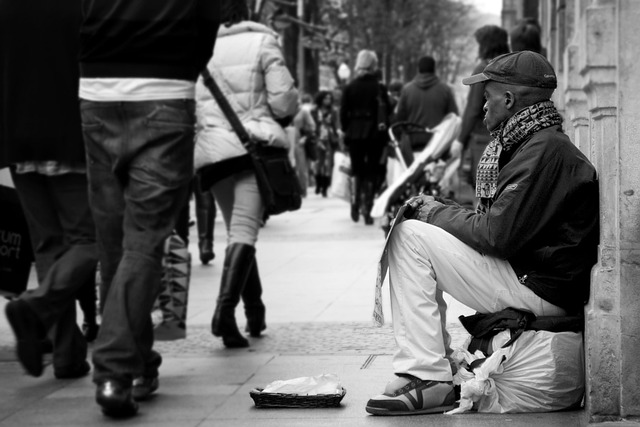Unveiling the Intricacies of Photographic Ethics
Photography is often described as a mirror to society, capturing moments that tell stories beyond words. With every click of the camera, a photographer steps into a complex web of choices and responsibilities—this is where photographic ethics come into play. Much like layers in an image, ethical considerations in photography are multifaceted and demand thoughtful reflection.
The Camera as a Gateway to Truth and Interpretation
At its most basic, a camera is an optical instrument designed to capture reality. However, the mere presence of a camera doesn’t guarantee an honest depiction; the photographer’s perspective, intent, and decisions influence the final image. Ethical questions arise: Should the photo represent unfiltered truth, or is there room for creative interpretation? The layers of optics—from lens choices to framing—affect not just the aesthetic but the authenticity of the moment preserved.
Photography Beyond the Surface
Every photograph holds multiple layers of meaning and implication. A single image can evoke empathy, provoke thought, or even mislead. Photographers, therefore, must navigate the delicate balance between art and accountability. Photographic ethics require sensitivity to the subjects’ dignity, privacy, and consent—especially in photojournalism and documentary work where the stakes are high.
Embracing Responsibility in the Digital Era
With advancements in optics and editing technology, the boundary between reality and alteration has blurred. The ease of manipulating images introduces ethical dilemmas that are as layered as the pixels themselves. Photographers must grapple with questions such as: When does enhancement become deception? How do we honor the trust of viewers in an age saturated with images?
Connecting with the Viewer’s Sense of Integrity
Photographic ethics resonate deeply because they touch on universal feelings of trust and respect. When we look at a photo, we seek a connection—a glimpse into someone’s world that feels sincere. Understanding these ethical layers helps us appreciate photography not just as a technical craft but as a profound communication of human experience.
In essence, exploring photographic ethics is like peeling back the layers of an onion: each level reveals new complexities and insights. As photographers and viewers alike, acknowledging these layers enriches our appreciation of images and the stories they tell.



